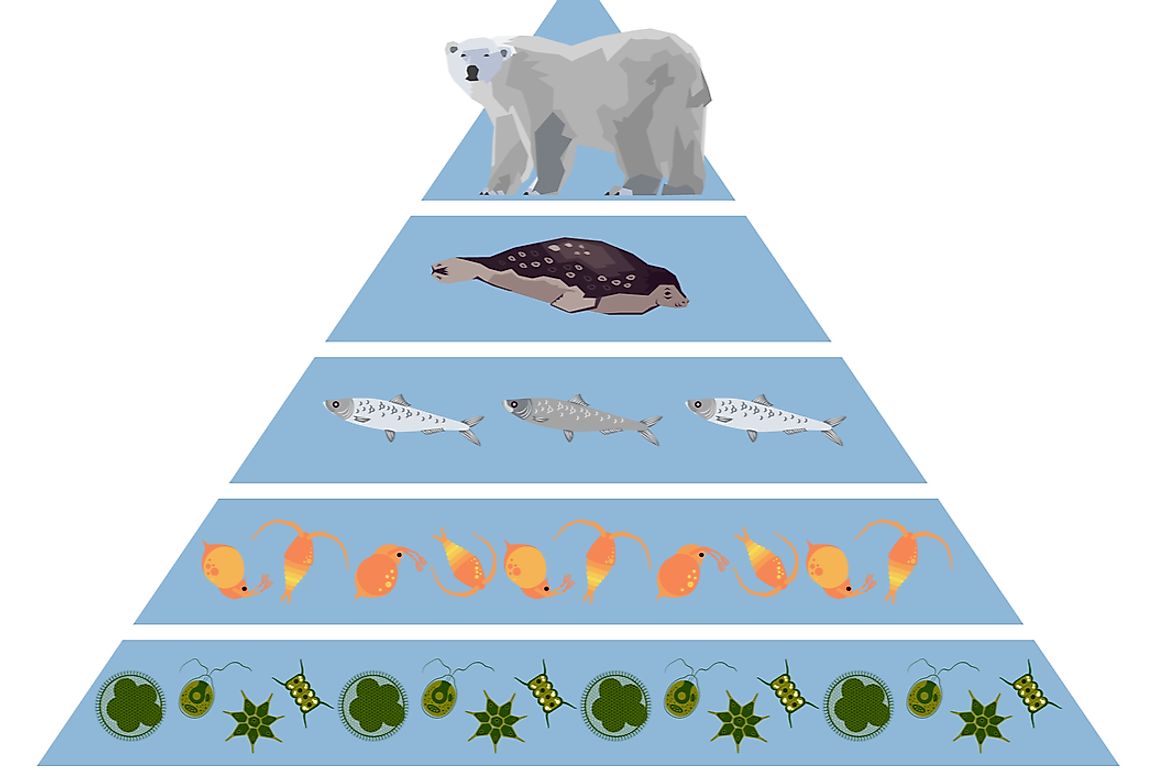What Are Secondary Consumers?

Secondary consumers are a category of living organisms that feed on primary consumers to get energy. The secondary consumers are placed on the upper levels of the food chain. Primary producers make their own food in the typical food chain in a process known as photosynthesis whereas the primary consumers (herbivores) eat the primary producers, which consist majorly of plants. Secondary consumers occupy the third and fourth trophic levels in the food chain, and there are two groups of these living organisms, omnivores, and carnivores. The omnivore secondary consumers eat both plants and animals while the carnivores purely feed on animals.
The Importance of Secondary Consumers
Since the food chain comprises of different levels, each level has its significance in the system. The secondary consumers play specific vital roles in the food chain by taking part in controlling the population of primary consumers in the ecosystem. They control the population by feeding on the primary consumers, ensuring that they cannot exceed the number that the ecosystem can withstand. Moreover, secondary consumers are a source of energy to the tertiary consumers.
Examples of Secondary Consumers
The food chain provides a number of various examples of secondary consumers. First, there are the carnivores who eat flesh from other animals only. The carnivores may range from small insects to large predators. Interestingly, most small carnivores may eat other animals which have a larger body size than theirs. Examples of such carnivores include spiders, snakes, and seals. Examples of large carnivores are lions, leopards, crocodiles, and wolves. An eagle is an example of a predator bird that falls under the category of secondary consumers.
On the other hand, omnivores secondary consumers depend on animal meat and plant materials for food. Examples of such consumers are skunks and bears, which eat plants and hunt other animals for their meat. Other omnivores are primarily scavengers, which feed on remains of meat from dead animals they never hunted. Vultures, hyenas and opossums are a good example of scavengers.
Adaptations of Secondary Consumers
Since secondary consumers rely on other animals for food, they should be specially adapted so that they can hunt prey or scavenge competitively for food. Depending on their habitats, secondary consumers are adapted differently to suit their respective environments.
For instance, most animals in the cat family are secondary consumers, and their canine teeth are long and sharp so that they tear meat from prey easily. On top of that, their claws and jaws are powerful to help them hold their prey firmly. Most whose habitat is the grassland have body colors which camouflage well with the environment for ease of hunting, a typical example being the lion whose body color match with that of dry grass where its prey live. Similarly, eagles are adapted with sharp eyesight so that they can see and track their prey while far above in the air, and their strong beaks enable them to tear meat.
The other group of secondary consumers, which are the omnivores, is also adapted in some ways. First, they have flat and broad molars which they use for grinding both meat and plant products. Moreover, they have sharp and chisel-shaped incisors teeth that enable them to bite and tear flesh easily.











